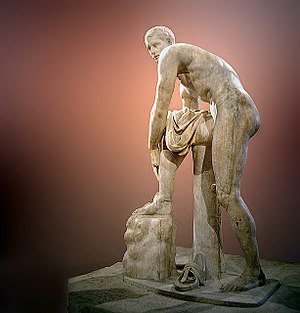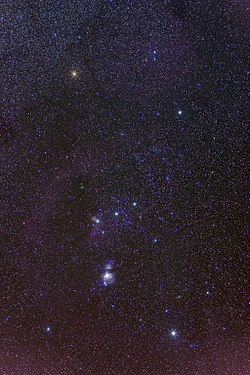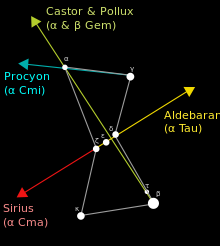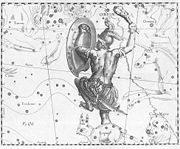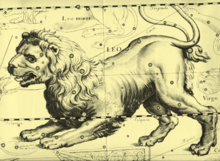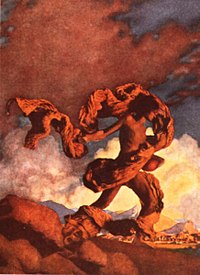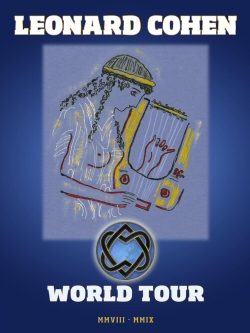The night is a world in itself. Only through it can we fully understand the realm whose divine figure is Hermes...A man who is awake in the open field at night or who wanders over silent paths experiences the world differently than by day. Nighness vanishes, and with it distance; everything is equally far and near, close by us and yet mysteriously remote. Space loses its measures. There are whispers and sounds, and we do not know where or what they are. Our feelings too are peculiarly ambiguous. There is a strangeness about what is intimate and dear, and a seductive charm about the frightening. There is no longer a distinction between the lifeless and the living, everything is animate and soulless, vigilant and asleep at once. What the day brings on and makes recognizable gradually, emerges out of the dark with no intermediary stage. The encounter suddenly confronts us, as if by a miracle: What is the thing we suddenly see – an enchanted bride, a monster, or merely a log?...Who can protect him, guide him aright, give him good counsel? The spirit of Night itself, the genius of its kindliness, its enchantment, its resourcefulness, and its profound wisdom. She is indeed the mother of all mystery...Music is the true language of her mystery – the enchanting voice which sounds for eyes that are closed and in which heaven and earth, the near and the far, man and nature, present and past, appear to make themselves understood. (118-9)
Danger and protection, terror and reassurance, certainty and straying – all of these night conceals within herself. Her domain is the rare and unexpected, the sudden presentiment, unfettered by place and time. She guides and prospers the recipient of her favour, and enables him, without his expecting it, to come upon some great windfall. To all who require her protection she is evenhanded; she offers herself to all, and permits all to savor her benevolence. Such too is the world of Hermes. Like every world it has its lofty and its humble sphere. Both depend on good opportunity, ingenuity, briskness are the highest virtues, and the goal is its treasure that suddenly bursts into light.
Broad indeed was the view that surveyed this world, lively indeed the eye that perceived its configuration to be that of a god and was able to recognize the profundity of the divine even in roguery and irresponsibility. It is in the full sense a world, that is to say, a whole world, not a fraction of the total sum of existence, which Hermes inspirits and rules...Whatever happens comes as on wings from heaven, and entails no obligation; whatever is done is a master stroke, and its enjoyment involves no responsibility. A man who chooses this world of gain and the favor of its god Hermes must accept loss also, for there cannot be the one without the other. (120)
Hermes protects highwaymen and thieves, and even though he conducts pious wayfarers safely past them, it is the thieves who seem particularly close to his nature and heart. This signifies a huge expansion of the divine sphere of operation. Its compass is no longer delimited by human wishes but rather by the totality of existence. (121)
Thus Hermes is not a power who provides assistance in specific needs of life; he is the spirit of a constellation which recurs in most diverse conditions and which embraces loss as well as gain, mischief as well as kindliness. Though much of this must seem questionable from a moral point of view, nevertheless it is a configuration which belongs to the fundamental aspects of living reality, and hence, according to Greek feeling, demands reverence, if not for all its individual expressions, at least for the totality of its meaning and being. (122)
But though the world of Hermes is not dignified, and indeed in its characteristic manifestations produces a definitely undignified and often enough dubious impression...it is remote from vulgarity and repulsiveness. A spirit of gaiety, a superior smile, hovers over and illuminates it, and absolves even its boldest knaveries...Every man has something of the soldier of fortune and freebooter and is more bounded to this aspect than he can himself possibly be aware. To that same degree Hermes must be his god. Nor is his realm lacking in the sublime. The victory of success of whatever sort stands under the banner of his luck and his love of booty. (123)
~ ~ ~ ~ ~

2.) James Hoffmann, the winner of the 2007 World Barista Champion held most recently in Tokyo. He also won the best signature drink of the 2007 WBC: a biscotti flavoured foam and a tobacco infused ganache mixed with espresso.
~ ~ ~ ~ ~
3.) I shall have to add a few movies to my "to see" list:
- The Hudsucker Proxy, a Coen Brothers movie about the hula hoop.
- Georgia, a movie featuring Jennifer Jason Leigh whom I recently saw in eXistenZ: in Georgia she belts out an 8.5 minute version of a Van Morrion song
- The Adventures of Baron Munchausen, a Terry Gilliam movie
- The Imaginarium of Doctor Parnassus, the new Terry Gilliam movie being shot (at least partially?) in Vancouver and starring Tom Waits as the devil and Heath Ledger (who died: his different realm characters include Johnny Depp, Jude Law and Colin Farrell): supposed to be out in 2009?


